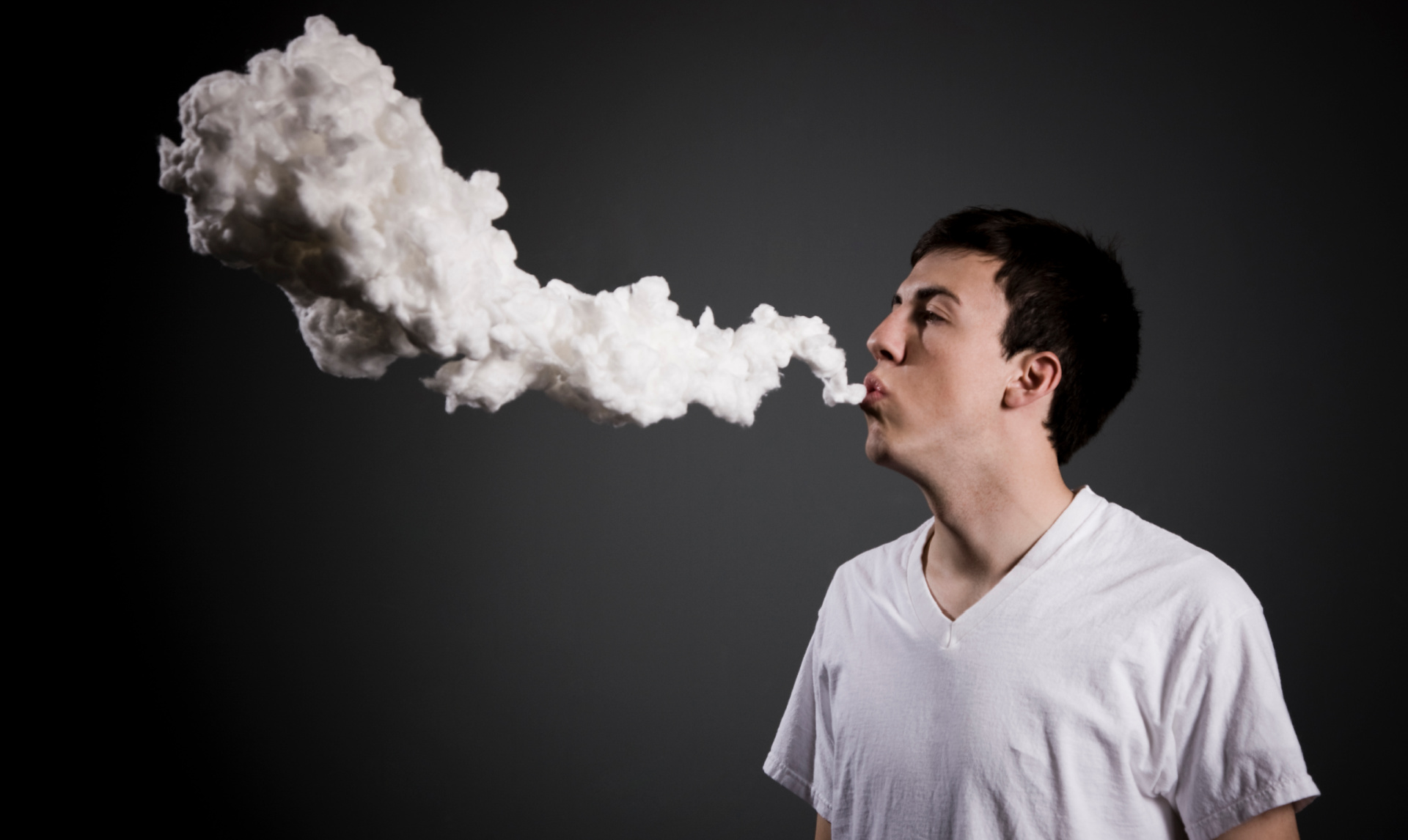For those of us with a poor grasp of time, who can still recall when a night at the pub could be sharply revisited by a Proustian wave of stale smoke arising from yesterday’s clothes, it can almost feel as if vaping crept up on us out of nowhere. One moment, it seemed, all the authorities had firmly agreed that Nick O’Teen was a creepy pusher hooking innocent kids on gaspers, and were pledging to legislate and tax cigarettes into oblivion; the next, great hordes of schoolchildren were apparently free to suck constantly on little vials of liquid nicotine with sugar-rush names such as Cherry Fizzle and Blue Razz Lemonade.
What happened? Regulators and legislators seem to have hung up a metaphorical ‘gone fishin’’ sign while Chinese vape factories cranked into overdrive, churning out boxes of sweet jitter juice marked ‘for export only’. Even Rishi Sunak’s much-vaunted Tobacco and Vapes Bill, which planned to place greater restrictions on the sale of vapes in the UK, has temporarily vanished with the general election. To understand how we got here, it’s worth listening to Backfired: The Vaping Wars, in which the hosts Leon Neyfakh and Arielle Pardes chart the evolution of the technology and the habit in the US.
It began with defensible intentions. Two Stanford students, James Monsees and Adam Bowen, both cigarette smokers, set out to design a product that helped people like them to give up tobacco. They wanted to retain the ritual of smoking without the excessive health risks. Work began on a prototype vape which eventually evolved into ‘Juul’, the first e-cigarette to hit the mass market. As the cash mounted, the moral rot set in. Since the new e-cigarette inhabited a murky regulatory zone, it was not subject to the same restrictions as tobacco products, something Juul rapidly capitalised on with vape flavours such as mango and crème brûlée. The company then launched an advertising campaign featuring cool young people, some looking so tender in years that they worried the more ethical staff. It was a roaring success. Sales rocketed, not least among the young. ‘Juuling’ even became a verb.
Parents and public health experts began to take notice, agitating for a ban, and thereafter the story of regulators and vapes has been that of a cat-and-mouse game, albeit featuring a notably toothless and erratic cat. Donald Trump, at first swayed by parental outrage, seemed soon to realise that the targeted ire of disgruntled vapers could be more electorally damaging. A compromise was found in early 2020, offering a lorry-sized loophole: vapes with replaceable cartridges such as Juul were banned from offering a range of popular flavours, but disposable vapes could still do just that, with predictably disastrous results for public health and the environment. As Juul became mired in lawsuits, illegal imports of varying quality and strength poured in.
Pardes and Neyfakh, a confirmed and regretful vaper himself, are informative and genial hosts, delving into the detail of a sinuous history without becoming dull. Yet their portrait of a seemingly unstoppable industry makes me more anxious than it seems to make them. At the end, a medical expert on vaping emphasises that it is useful for helping cigarette smokers to quit, but muses that ‘there’s a lot of unknowns’ about long-term harm. ‘It’s the devil you know vs the devil you don’t know,’ he says, equably. But as more medical studies raise concern over the dangerous effects of vapes, especially on developing brains and lungs, the latter devil seems to be flashing a little more of himself every day.
It’s just a short jump from one dopamine delivery system to another, this time with even higher stakes: Cocaine Inc., an absorbing eight-part true-crime podcast from the Times, Sunday Times and News Corp Australia, examines the global impact of the cocaine industry through different local stories. Some episodes examine the slick mechanics of the trade: reporter Fiona Hamilton travels to Rotterdam, where corrupt customs officials take bribes to let drugs through, knowing that only 1 per cent of the 14 million containers moving through the port each year can be checked. Compelling stories abound: she tells of one cocaine kingpin, Roger P., who generally shunned the use of violence until a beloved protégé was killed, whereupon he ordered a soundproof torture chamber to be built with a dentist’s chair in its centre, clearly intended for something much worse than a root canal. Mercifully, the police got to it before its first visitor. In another episode, ‘Sunshine and Lollipops’, mounting debts persuaded a British beautician turned cash-mule to transport suitcases of drug money to Dubai for laundering. The gang was finally caught when one of their number came under suspicion, predictably enough, for carrying far too many suitcases for a short trip.
The human cost is what really stays with you, though. There’s a searing interview with Tim Edwards, the stricken father of Elle Edwards, a 26-year-old beautician and dental nurse who was killed when a low-level drug dealer sprayed a Wirral pub with random bullets as part of a turf war. A world of loss haunts his voice as he reflects on the senseless, surreal nature of the crime, asking the question: ‘Who goes to a pub with a machine gun on Christmas Eve?’








Comments